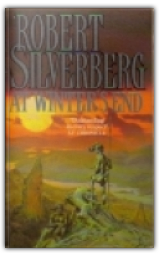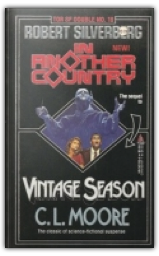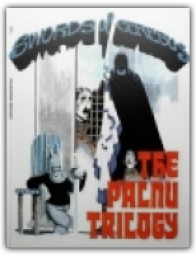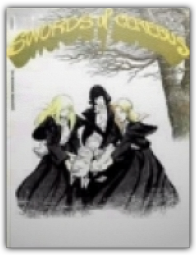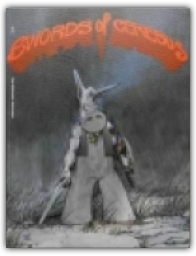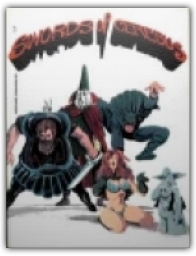 Far Horizons
Robert Silverberg
Far Horizons
Robert Silverberg
Far Horizons is the science fiction equivalent of Robert Silverberg's best-selling fantasy anthology Legends. In both books Silverberg invited some of the most renowned authors in the field to write a new story based on their most popular series or setting. For instance, the first story in Far Horizons is Ursula K. Le Guin's "Old Music and the Slave Women," which takes place in the same Hainish universe as her famous novels The Left Hand of Darkness and The Dispossessed. Dan Simmons has written a piece set in the world of Hyperion, Anne McCaffrey has turned in a Helva story from the world of The Ship Who Sang, and so on. Like Legends, the list of writers in Far Horizons reads like a Who's Who of the genre: Le Guin, Joe Haldeman, Orson Scott Card, David Brin, Simmons, Nancy Kress, Frederik Pohl, Gregory Benford, McCaffrey and Greg Bear, as well as Silverberg himself. And like Legends, each author takes a page or two to introduce their story, so that newcomers won't be totally lost. The average story in Far Horizons is, as you might expect, a significant cut above the average SF story, although this anthology is not quite as successful as its predecessor. Authors like Le Guin and Simmons have come up with some first-rate stuff, but Card and McCaffrey have produced stories that can best be described as mediocre. Overall, though, the book has far more ups than downs, and serious readers won't want to miss this one. Those new to the world of SF will also find Far Horizons an invaluable reference when they're looking for good authors to read. —Craig E. Engler, Amazon.com  Swords of Cerebus 1
Dave Sim
Swords of Cerebus 1
Dave Sim
Collects the first four issues of Cerebus and adds a new story, "Diamondback", illustrated by Marshall Rogers. 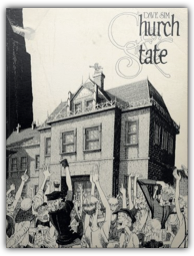 Church & State Volume I
Dave Sim
Church & State Volume I
Dave Sim
Church and State is volume three of the Cerebus the Aardvark series and picks up right where High Society leaves off. To compound matters further, this reprint volume is part one of a two-part story that is self-contained within the larger framework.  Church & State Volume 2
Dave Sim
Church & State Volume 2
Dave Sim
Church and State, Volume II, is the second part of a story that exists as a whole and as part three of the Cerebus the Aardvark series. Many consider this volume to be Dave Sim and background artist Gerhard's best visual work to date. |
 Made with Delicious Library
Made with Delicious Library
London, State zipflap congrotus delicious library Scott, Mike
